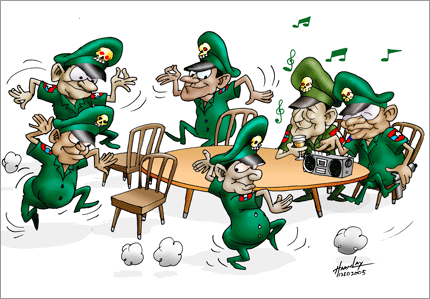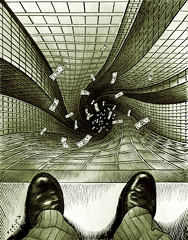“LONDON (Reuters) – European Union rules to curb abusive short-selling of shares and government bonds have made financial markets more transparent, but changes are needed to the seven-month old law, the bloc’s market watchdog said on Monday.
Short-selling is a bet on stock or bond prices falling. The seller borrows the securities first, sells them on loan and seeks to buy them back at a lower price to pocket a profit.
Critics say short-selling accelerates sharp swings in markets, worsening losses for ordinary investors in a bear market. Supporters argue it provides the market with additional trading volume.
Under the new rules, which apply to bank shares and some government bonds, short positions above a certain threshold must be reported to supervisors and markets.
The measures, the EU’s first set of bloc-wide rules to curb short-selling, were rushed through at the height of the euro zone debt crisis in an attempt to calm markets and took effect last November.
Politicians accused hedge funds at the time of exacerbating the debt crisis by betting on falls in Greek and other government debt prices.
The European Securities and Markets Authority (ESMA) said the rules have had some positive effects.
“However, ESMA is advising the European Commission to consider adjusting a number of aspects in the regulation that do not alter its main elements,” the watchdog’s chairman, Steven Maijoor, said in a statement….”
Comments »





